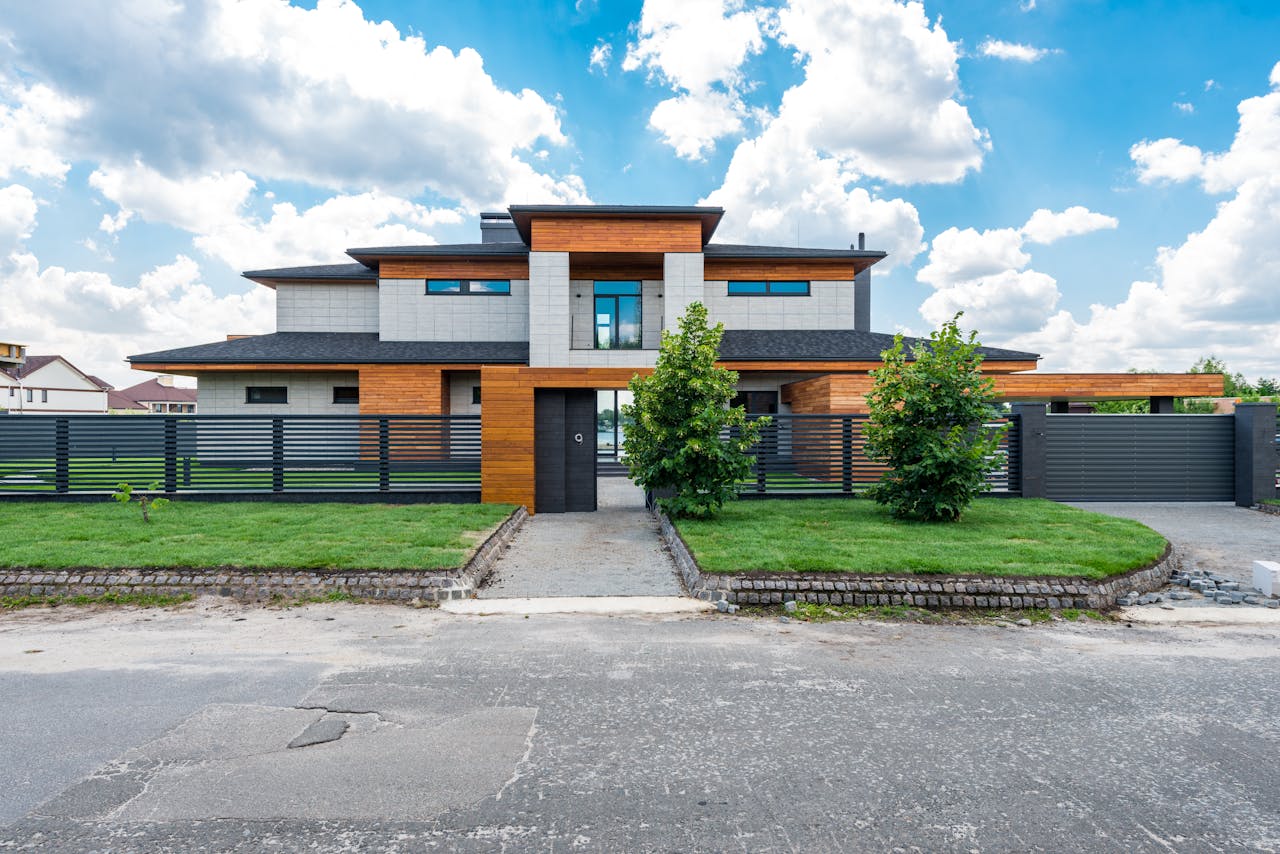Fencing disputes are common in Australia, and understanding the legalities can help prevent conflicts. Can my neighbour put up a fence without my permission? This blog post will clarify the regulations regarding property boundaries and dispute resolution processes.
Understanding Property Boundaries
Property boundaries define the limits of your property and are crucial in fencing disputes. You can determine your property boundaries by:
- Checking Your Property Deed: This document typically includes boundary information.
- Surveying Your Property: Hiring a licensed surveyor can provide a precise measurement.
- Consulting Local Council Records: They often have maps and other resources that outline property boundaries.
Australian Laws on Fencing

In Australia, fencing laws are governed by state regulations. Here’s a breakdown of the rules in different states:
New South Wales (NSW)
Under the Dividing Fences Act 1991, property owners share the cost of building and maintaining a dividing fence. Before construction begins, adjoining homeowners must agree on the fence’s details, such as height, materials, and position. If your neighbour builds a fence without your permission but within their boundary, they cannot enter your property to perform the work without your consent.
Victoria (VIC)
In Victoria, the Fences Amendment Act 2014 mandates that neighbours contribute equally to the cost of a dividing fence. However, if you and your neighbour disagree, you should involve the local council or a dispute resolution service. If your neighbour proceeds with construction without your agreement, you can seek mediation or take the matter to the Victorian Civil and Administrative Tribunal (VCAT).
Queensland (QLD)
Queensland’s fencing laws are outlined in the Neighbourhood Disputes (Dividing Fences and Trees) Act 2011. Both neighbours must share the cost of a dividing fence. If your neighbour proceeds with construction without your agreement, you can seek mediation or take the matter to the Queensland Civil and Administrative Tribunal (QCAT).
South Australia (SA)
In South Australia, the Fences Act 1975 requires neighbours to share the costs of a dividing fence. Disputes can be resolved through mediation or by applying to the Magistrates Court if an agreement cannot be reached.
What should I do if my neighbour installs a fence without my permission?

First, try to discuss the matter amicably. If this fails, you can:
- Contact Your Local Council: They can provide advice and mediation services.
- Serve a Notice to Fence: This formal proposal outlines the details of the proposed fence and your agreement.
- Seek Legal Advice: If necessary, you can take the dispute to court or a tribunal.
Frequently Asked Questions
1. Do you need neighbours’ permission for fence extension?
Yes, extending a fence typically requires agreement from your neighbour, mainly if it affects shared boundaries or incurs additional costs.
2. My neighbour won’t pay for half of the fence in Victoria. What can I do?
In Victoria, you can serve your neighbour with a fencing notice. If they still refuse to pay, you may need to involve the local council or seek mediation.
3. Can my neighbour put up a fence without my permission in NSW?
No, in NSW, both parties must agree on the construction and costs of a dividing fence. You can seek mediation or legal action if your neighbour proceeds without consent.
4. My neighbour won’t pay for half of the fence in QLD. What are my options?
In Queensland, you can serve a notice to the fence, and if they refuse to pay, you can file the dispute with QCAT.
5. Can my neighbour put up a fence without my permission in QLD?
No, you must both agree on the fence’s construction and costs. Disputes can be resolved through mediation or QCAT.
6. Can my neighbour put up a fence without my permission in VIC?
No, neighbours must agree on the construction costs of the fence in Victoria. Disputes can be resolved through the local council or a dispute resolution service.
7. Does your neighbour have to pay for half a fence in SA?
Yes, in South Australia, neighbours must share the costs of a dividing fence. Disputes can be resolved through mediation or the Magistrates Court.
8. Can I build a fence on my side of the boundary in NSW?
Yes, you can build a fence on your side of the boundary if it complies with local regulations and does not infringe on your neighbour’s property.
9. Can I build a fence on my side of the boundary in QLD?
Yes, but ensure the fence complies with local laws and does not cause disputes with your neighbour.
10. What are property boundaries, and how can I determine them?
Property boundaries define the edges of your property. You can determine them by checking your property deed, hiring a surveyor, or consulting local council records.
11. Are there any circumstances where a neighbour can install a fence without my consent?
Typically, neighbours need to agree on fencing matters. However, emergency repairs may be an exception.
12. How can I resolve a fence dispute with my neighbour?
Try discussing the issue first, then seek mediation through your local council. If needed, take the matter to court or a tribunal.
13. What legal actions can I take if a fence is installed without my permission?
You can seek mediation, serve a notice to the fence, or take legal action through local courts or tribunals.

Conclusion
Understanding your rights and responsibilities regarding fencing can help prevent disputes with your neighbours. If you’re facing a fencing issue, Longain Fencing can provide expert advice and products to ensure compliance with local laws. Check out our gallery for examples of our work, or contact us today for all your fencing needs.



